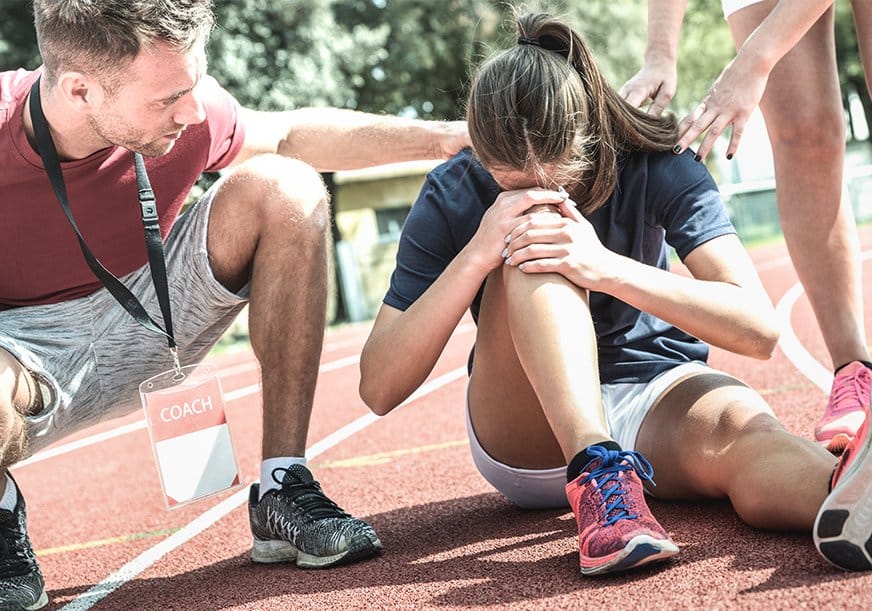Injuries, especially minor injuries, are common in youth and even more common in youth athletics. While mom or dad is watching from the sidelines, there is a fair amount of activity that induces cringes, just as often as cheers. When your athlete does get injured, how do you determine what steps to take next? While Integrity Urgent Care is available to help you with the medical care your athlete needs, there are basic guidelines you can use on the court, field, or other location.
Ice
When an injury first occurs, using ice can help in a number of ways. Cold therapy is well suited for reducing swelling from a sprain, strain, or other injury. Ice is also perfect for helping reduce the feelings or sensation of pain associated with an area that hurts. Ice should be used for the first 24-72 hours after an injury occurs.
There are different methods that are best when using ice. Some athletes will freeze water in paper cups to easily peel away and roll over their injured areas. Others will reuse an ice pack or similar gel substance that can mold to an area that needs attention. If the ice is too cold, a thin towel or clean t-shirt can be layered with the ice. Additionally, according to Sports Medicine Oregon, “effective cold therapy involves multiple daily treatments, up to 20 minutes at a time.”
Heat
Heat therapy, whether dry (like a heating pad) or wet (like a bath), is a better choice for areas that need to loosen or are longer lasting problems. By increasing the blood flow to the area, the muscles can relax and function better. Heat therapy can also be well suited for larger muscle groups that need attention.
Heat is imperative to show caution with, as it is really easy to burn a specific area of your body. Electric heating pads should always be actively monitored and not used at night. Similarly, bath temperature should not exceed 104 degrees and small children should be supervised at all times. The duration of heat therapy will vary depending on your injury, some may see relief in 15 minutes while others need an hour or two of contact.
Wrap
Wrapping an injury, or compressing the area, can help by reducing inflammation and preventing various fluids from settling near the injury. Different parts of the body will need to be wrapped in different ways, but it is important that the compression is not too tight as more damage can occur. Some may find it helpful to wrap an injured area for a few days in order to remind themselves to take it easy and not push their bodies too hard as they recover.
If you or your child is feeling they need a wrap or brace beyond a day or two, you may need to see a specialist to help make sure your injury is not more severe or that you are healing properly. Wrapping and braces can be very helpful during recovery, but professional guidance may also be necessary.
Seeking Help
When large amounts of bleeding are involved, an obvious break of a bone, or when a limb or other part of the body is immobile, seeking medical help is your best step. Stabilize the injury however you can and call for emergency personnel if an injury is severe. If ice, wrapping, and heat are not helping reduce pain and swelling, you may also seek medical advice. Overall, the goal is for the injury to heal and there should be progress with these methods. If not, it is time to give us a call.
Integrity Urgent Care is a convenient, safe, and friendly way to cover many of you and your family’s medical needs. We can take care of your athlete’s injury and your mom’s common cold. Come visit us at one of our many locations any day of the week from 8am to 8pm.



